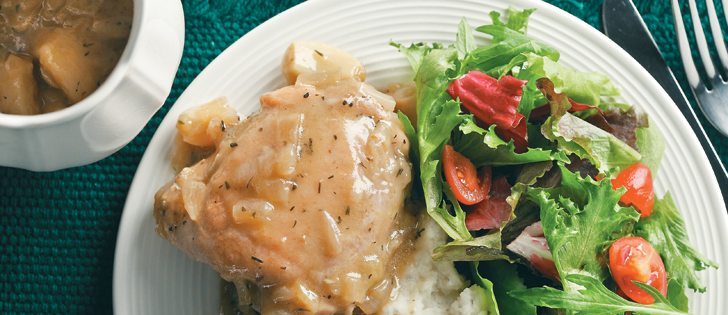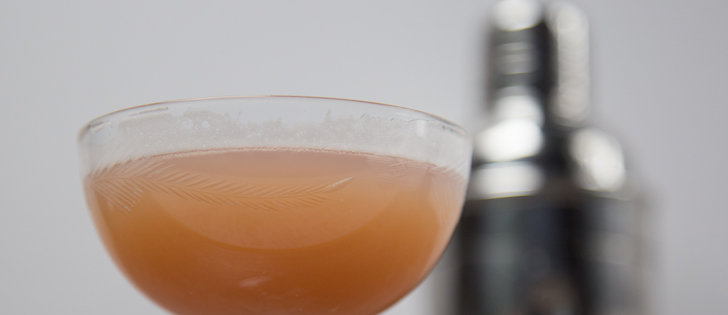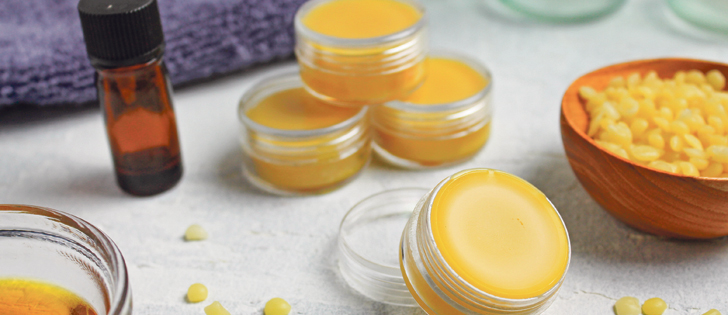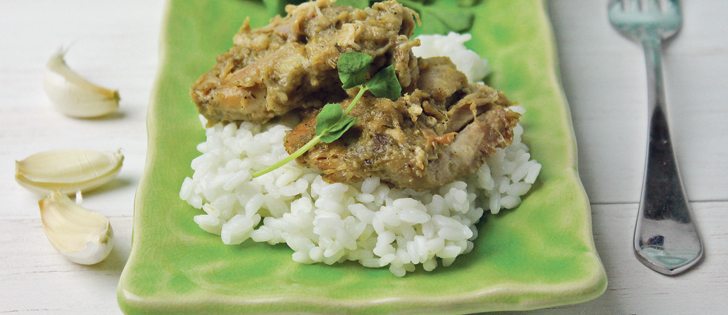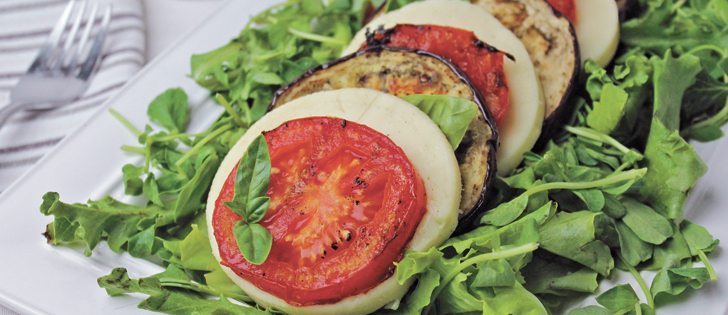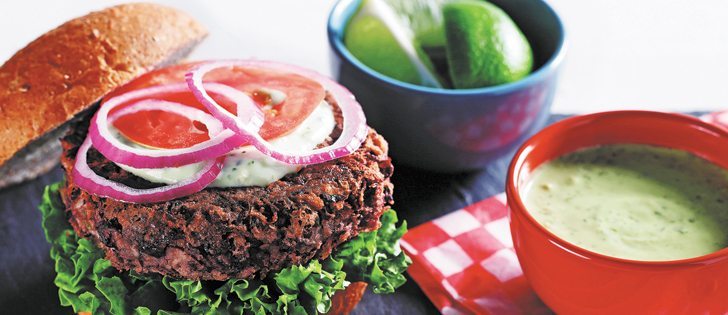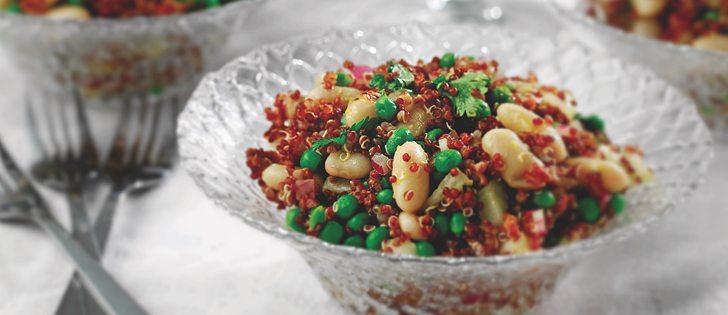As summer turns to fall, my tastebuds yearn for comfort foods. I find myself turning to the essential five French mother sauces — bechamel, veloute, espagnole, tomato and hollandaise — with their warm, creamy textures and savoury flavours. Once you master these sauces, you have a framework for creating an infinite number of recipes simply by adding different flavourings to the sauce.
In the early 1800s, French chef Marie-Antoine Carême named bechamel, veloute, allemande and espagnole as the building blocks of all other sauces and the base of French cuisine. In the late 1800s, Georges Auguste Escoffier furthered Marie-Antoine Carême work and made allemande a derivative sauce of veloute and added Hollandaise and tomato.
Read Also

Fuel rebate rule change will affect taxes and AgriStability
The federal government recently announced updates to the fuel rebates that farmers have been receiving since 2019-20.
Four of the five mother sauces traditionally start with a roux. It is the combination of equal parts flour and fat (usually butter but sometimes oil or other fats), which, when boiled, thickens and forms the base of the sauce.
In home economics class, you probably learned that adding fat to flour prevents lumps and helps create a smooth sauce. The fat coats the starch molecules in the flour and thereby prevents lumps from forming when you add the liquid.
Otherwise, it takes a lot of whisking to try to prevent lumps from forming. What distinguishes each sauce is what is added to the roux.
Once you master these sauces you have a framework for creating an infinite number of recipes.
Creamy Mac and Cheese with Bechamel sauce
- 2 c. elbow macaroni 500 mL
- 3 tbsp. canola oil 45 mL
- 1/4 c. flour 60 mL
- 2 1/2 c. milk 625 mL
- 1 1/2 c. shredded sharp cheddar cheese 375 mL
- 1 1/2 c. shredded Monterey Jack cheese 375 mL
- 1/2 c. grated Parmesan cheese 125 mL
- 1 tsp. garlic powder 5 mL
- 1/2 tsp. paprika 2 mL
- 1/2 tsp. dry mustard 2 mL
- 2 tbsp. canola oil 30 mL
- 1/2 c. Italian bread crumbs 125 mL
In a pot of boiling water, lightly salt water and add macaroni, cook until tender. Drain and set aside.
Stir in cheeses, garlic powder, paprika and dry mustard. Cook over low heat until cheese is melted and the sauce has thickened. Pour sauce over macaroni, mix and add to a large casserole dish.
In a skillet, add two tablespoons (30 mL) oil over medium heat. Add breadcrumbs and brown.
Spread over the macaroni and cheese. Bake at 350 F (175 C) for about 30 minutes. Serve. – Source: canolainfo.org.
Types of sauces
Bechamel: Roux plus dairy (milk or cream). This base sauce can be flavoured with cheese, onion, pepper, salt, nutmeg or mustard. It is often used in the classic mac and cheese and lasagna with the addition of cheese. My mom often serves a cheese sauce over cauliflower and peas or onions.
Veloute: Roux plus white stock (chicken, fish, vegetable). This base sauce is the starting point for gravies, mushroom sauce and white wine sauce.
Espagnole: Roux plus brown stock (beef or veal). This sauce often starts with a mirepoix, a combination of sauteed carrot, celery and onion, then the addition of beef stock and tomato paste. Sometimes red wine is also added. It’s good with roasted meats.
Tomato: Roux plus tomatoes. Many recipes skip the roux and simply reduce the tomatoes by cooking them longer.
Hollandaise: It does not use
a roux for thickening but rather forms an emulsification with the egg yolks, clarified melted butter and an acid, usually lemon juice or white wine. Butter and lemon hollandaise sauce is great over asparagus and steamed vegetables and with fish and eggs benedict.
Cajun Garlic Chicken Thighs with Veloute sauce
- 2 tbsp. canola oil, divided 30 mL
- 4 skinned chicken thighs with bone in, trimmed of fat
- 1 c. diced onions 250 mL
- 12 medium garlic cloves, peeled only
- 2 tbsp. flour 30 mL
- 1 c. reduced sodium chicken broth 250 mL
- 1/2 tsp. dried thyme leaves 2 mL
- 1/4 tsp. salt 1 mL
- 1/4 tsp. black pepper 1 mL
In a large skillet, heat one tablespoon (15 mL) oil and heat over medium-high heat. Add chicken and brown for three minutes on each side. Set aside on separate plate.
Reduce heat to medium and add remaining one tablespoon (15 mL) oil, onions and garlic and cook for three minutes or until onions are translucent, stirring frequently. Set aside with chicken.
Stir flour into pan residue in skillet and cook two minutes over medium heat or until beginning to lightly brown, stirring constantly. Stir in broth, thyme, salt and pepper. Add chicken, onions and accumulated juices. Bring to a boil over medium-high heat. Reduce heat to medium-low, cover and simmer for 30 minutes or until chicken is almost tender.
Place chicken to one side of skillet, add and mash garlic cloves with back of a spoon. Combine chicken and garlic and turn chicken pieces over several times or until well coated. Cover and cook five to seven minutes or until chicken is tender.
Tip: Serve over hot cooked rice, egg noodles or mashed potatoes, if desired. – Source: canolainfo.org.
Marsala Quinoa Gravy
- 1/4 c. canola oil 60 mL
- 1/2 medium white onion, chopped
- 1 tsp. garlic, crushed 5 mL
- 1 c. marsala wine 250 mL
- 3 c. low sodium chicken broth 750 mL
- 1/2 c. quinoa flour 125 mL
- 1 tsp. salt 5 mL
- 1/4 tsp. black pepper 1 mL
In a small saute pan, heat oil for about one minute on medium heat. Reduce heat to low and add onion and crushed garlic. Saute for about five minutes or until onion begins to brown.
Place onion and garlic mixture into a blender, adding marsala wine and chicken broth. Blend until it reaches a smooth consistency.
Pour sauce into a medium saucepan and simmer for one to two minutes on low-medium heat.
Sift quinoa flour into the saucepan, two tablespoons (30 mL) at a time. Whisk until combined after each addition. When all quinoa flour is added, cook for 10 minutes on low heat or until sauce thickens to a gravy consistency.
Add salt and pepper. – Source: canolainfo.org.
Cheddar Parmesan Poutine with Espagnole sauce
- 4 Russet potatoes, peeled and sliced into uniform sticks
- 1 c. sharp cheddar cheese, grated 250 mL
- 1 c. grana padano cheese or parmesan, grated 250 mL
- 2 c. poutine gravy 500 mL
- 3 tbsp. chopped fresh dill 45 mL
- 3 tbsp. chopped fresh flat leaf parsley 45 mL
- 3 tbsp. chopped fresh sage 45 mL
- 5 c. canola oil 1.25 L
- 1/4 tsp. salt 1 mL
- 1/4 tsp. pepper 1 mL
- 2 c. poutine gravy 500 mL
Soak cut up potatoes in cold water overnight. Remove potatoes from water and pat dry.
Using deep fryer, heat oil to 375 F (190 C). Deep-fry for 8-10 minutes or until lightly golden. Remove fries and drain on paper towels.
If necessary, in saucepan, reheat two cups (500 mL) poutine gravy (recipe below) and set aside.
Return fries to deep fryer and fry for additional five minutes or until golden brown. Remove from fryer to stainless steel bowl. Add gravy, cheese and herbs. Stir gently to combine.
Season with salt and pepper and serve.
Poutine Gravy
- 3/4 c. diced yellow onion 175 mL
- 2 tbsp. diced carrot 30 mL
- 2 tbsp. diced celery 30 mL
- 2/3 c. canola oil 150 mL
- 1 tbsp. chopped sage 15 mL
- 1/2 tsp. tomato paste 2 mL
- 1/3 c. flour 75 mL
- 4 c. beef stock 1 L
- 1 tbsp. Worcestershire sauce 15 mL
- 1 tsp. chopped garlic 5 mL
- 1 tbsp. chopped rosemary 15 mL
- 1 tsp. salt 5 mL
- 1/2 tsp. pepper 2 mL
In large saucepan, sweat onion, carrot and celery in canola oil over medium heat until they are slightly caramelized. Stir frequently. Add sage and tomato paste and saute for about two minutes.
Sprinkle vegetable mixture with flour and combine to form roux. Heat for about 30 seconds. Add stock, Worcestershire sauce and garlic. Simmer for 35 minutes.
Season with rosemary, salt and pepper. Simmer for additional 10 minutes.
Using immersion blender, puree gravy. Leftover gravy can be frozen for future use. – Source: canolainfo.org.
Julia Child’s Hollandaise Sauce
- 3 egg yolks
- 1 tbsp. water 15 mL
- 1 tbsp. fresh lemon juice, if needed (or more) 15 mL
- 6-8 oz. very soft 175 mL-250 mL unsalted butter(about 3/4 to 1 c.)
- dash cayenne pepper
- salt to taste
- fresh ground white pepper, to taste
Whisk the yolks, water and lemon juice in the saucepan until thick and pale.
Set the pan over moderately low heat and continue to whisk at reasonable speed, reaching all over the bottom and insides of the pan, where the eggs tend to overcook.
To moderate the heat, frequently move the pan off the burner for a few seconds, and then back on. If the eggs seem to be cooking too fast, set the pan in the bowl of cold water to cool the bottom, then continue.
As they cook, the eggs will become frothy and increase in volume, then thicken. When you see the pan bottom through the streaks of the whisk and the eggs are thick and smooth, remove from heat.
By spoonfuls, add the soft butter, whisking constantly to incorporate each addition. As the emulsion forms, you may add the butter in slightly larger amounts, always whisking until fully absorbed. Continue incorporating butter until the sauce has thickened to the consistency you want.
Season lightly with salt, pepper and a dash of cayenne pepper, whisking well. Taste and adjust the seasoning, adding droplets of lemon juice if needed. Serve lukewarm. – Source: Julia and Jacques Cooking at Home.
Dorothy Long is a home economist in the agrifood trade and former greenhouse grower from Lloydminster, Sask. She writes a blog at prairiekitchencompanion.blogspot.ca. Contact: food@producer.com.

